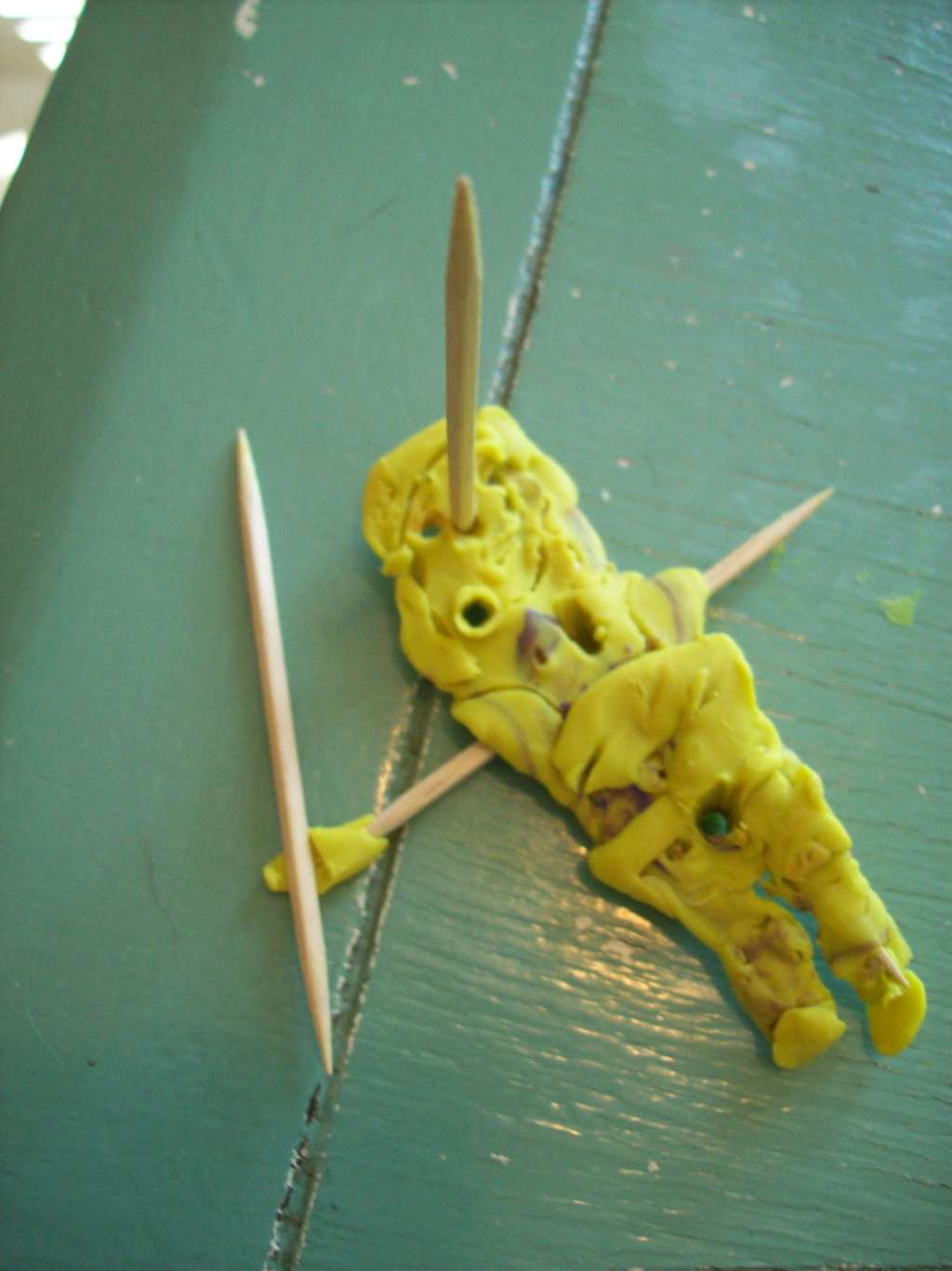|
 Another
complete sentence as title. For this I can't even remember how I found a
schwacked image of a Gumby-like hand-fashioned figurine, not quite as
nice as Twigman in the movie Tropic Thunder, but nice nevertheless. Another
complete sentence as title. For this I can't even remember how I found a
schwacked image of a Gumby-like hand-fashioned figurine, not quite as
nice as Twigman in the movie Tropic Thunder, but nice nevertheless.
As usual there was plenty of software suffering. When I went to my table of contents
the CSS style guide was gone since it looked like crap. Stupid me, I
had two stylesheets that wrote to rako.com/Contents.css. So I went into
the Movable Type Design Templates, restored the stylesheet for the table
of contents to the previous state by copying from my backup. Then I
pointed the original default stylesheet to the home or root directly and
called it Stylesheet.css. Now the error pages has the clean generic
Movable Type default look while the table of contents is all fancy
pants.
In creating the error pages I first gave them the exact html names,
failed_auth, forbidden, missing, internal_error. That way the default
page template file created the proper file names for the
Dreamhost scheme to work. But then I realized the great Movable Type
lets you edit the Basename so I could have complete sentences as the
title of the page and the bold heading, but still have the output html
file have the right name. Another way to accomplish the same thing is
give the page the exact right name, such as failed_auth, publish it
once, and then you can change title and the great Movable Type 5.0OS is
smart enough to not change the file name even though it was originally
linked to the page name.
|















